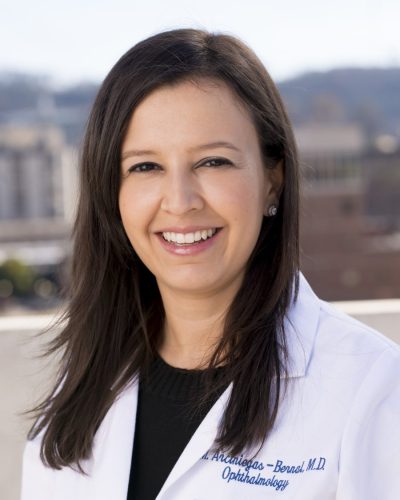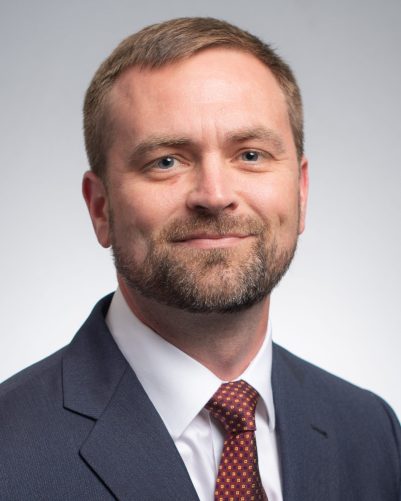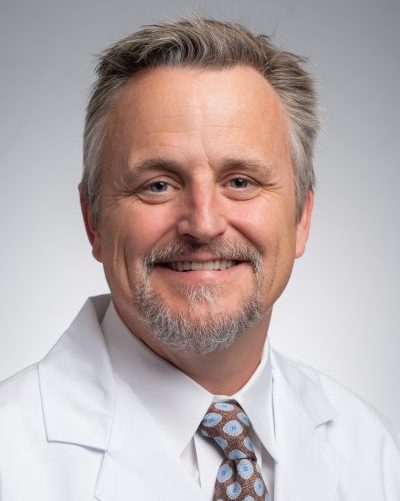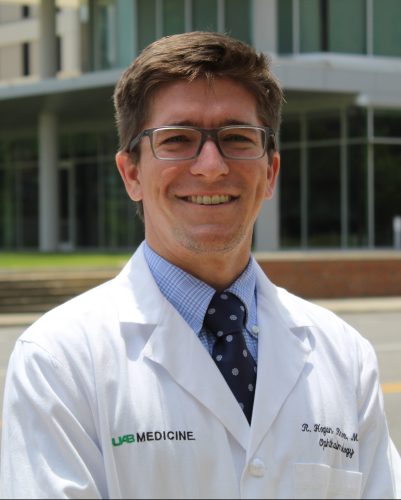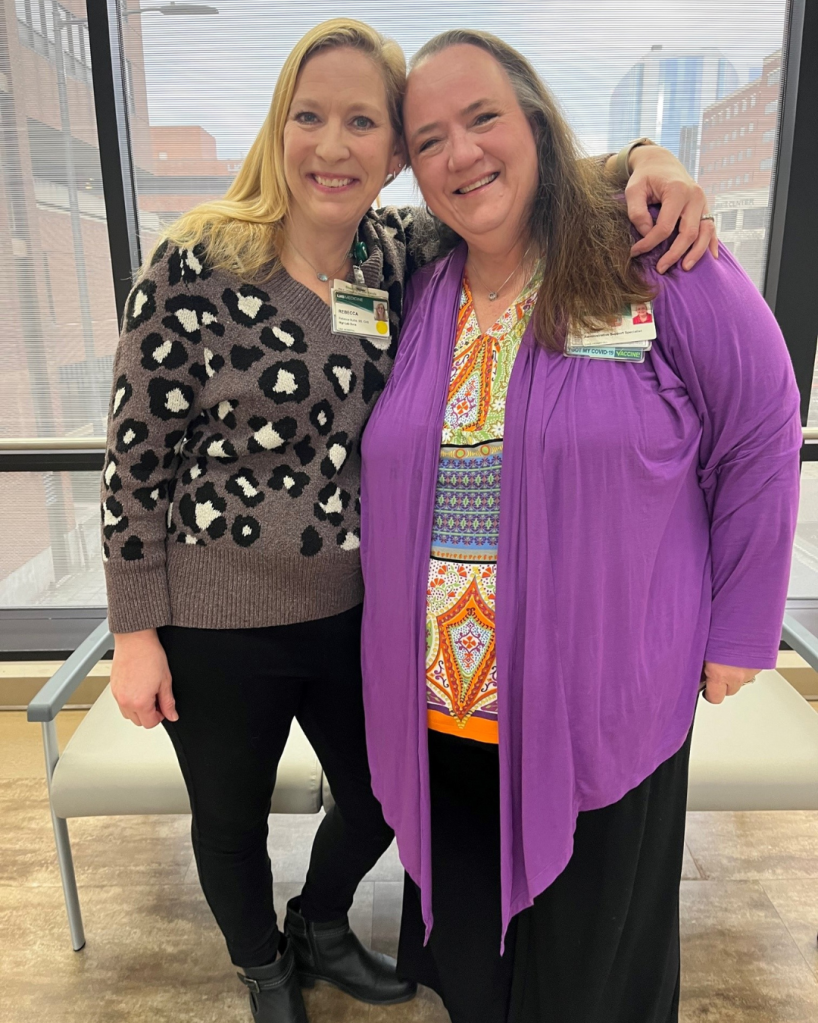Cataract extraction is a surgical procedure to remove a lens in the eye that has become cloudy over time, affecting vision in that eye. It is part of a cataract operation, in which the removed lens is replaced with an artificial, manmade lens. The normal lens of the eye is clear and transparent, but the lens and vision become unclear as protein deposits build up on the lens, creating a cataract. Prior to cataract extraction surgery, patients usually are given local anesthesia via eye drops or an injection, and additional medicine often is given to help the patient relax. The eye doctor (ophthalmologist) uses a special microscope to view the eye. A shallow incision is made in the eye, and the lens is removed through the incision. Depending on the type of cataract, the surgeon may use sound waves to break up the cataract into small pieces to be suctioned from the eye through the incision; a tool to remove the cataract in one piece with a larger incision; or a laser to make incisions and soften the cataract before suctioning it. Use of the laser instead of a scalpel may provide a more accurate cut and reduce recovery time. Once the lens is removed, the doctor replaces it with a clear lens called an intraocular lens and then closes the incision. The surgery typically lasts fewer than 30 minutes.
UAB Ophthalmology has more than two dozen physicians, many of them named among the top doctors in their fields nationally. They are renowned for their advances in eye care, breaking through old ways of treating blinding eye diseases and revolutionizing many areas of ophthalmology.
Ophthalmology care at UAB is located in UAB Callahan Eye Hospital, one of the busiest eye hospitals in the country, where specialists work together to treat complex cases. The UAB Callahan Eye Hospital surgical suite houses nine operating rooms dedicated to eye surgery as well as a 24/7 Eye emergency room, which is the region’s only Level I Ocular Trauma Center. More than 15,000 surgeries are performed at UAB Callahan Eye Hospital each year, and we conduct more reconstructive eye surgeries than any other facility in the world. Patients come from around the nation to be treated for eye conditions at UAB.
The UAB Center for Low Vision Rehabilitation works with patients to maximize vision and provides services such as orientation and mobility, occupational therapy, and support groups for patients dealing with vision loss or impairment.
Through ongoing research and clinical trials, UAB continues to make great strides in the field of ophthalmology. In addition to our physicians, we have a team of vision scientists who are fully dedicated to researching causes, preventions, and cures for eye diseases such as diabetic retinopathy, glaucoma, and macular degeneration. Many UAB ophthalmologists have received funding from prestigious research organizations and institutions and collaborate in clinical care to deliver the latest in scientific discovery to our patients.
Care Providers
Videos
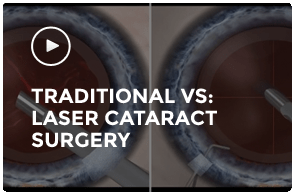
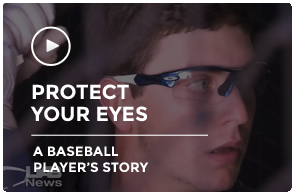
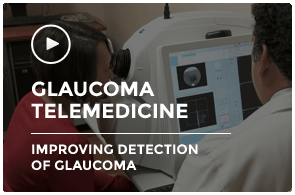
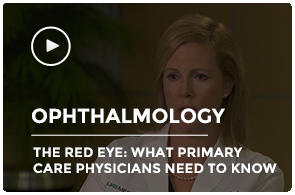
Resources
Related Specialties
Clinical Trials
Speak to your physician about your options and browse the link below for more information

